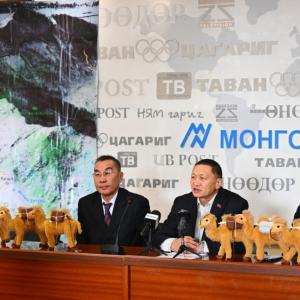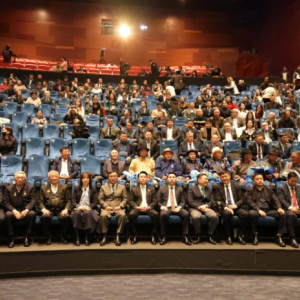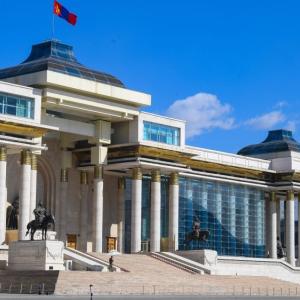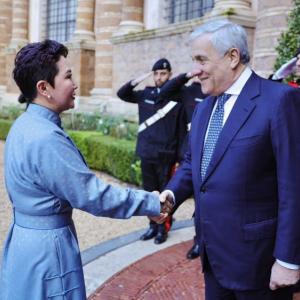Cashmere Holding Exports to 10 Countries Under 'White Gold' National Movement
Politics
Ulaanbaatar, November 14, 2025 /MONTSAME/. With the support of the “White Gold” National Movement of Mongolia, Cashmere Holding LLC is exporting its cashmere products to about 10 countries worldwide.
The company currently employs 750 people and has an annual capacity to process 500 tons of raw cashmere, produce 200 tons of yarn, and manufacture 500,000 knitted, 150,000 woven, and 15,000 sewn garments and products. In this regard, President of Mongolia Khurelsukh Ukhnaa and Minister of Food, Agriculture, and Light Industry Enkhbayar Jadamba visited the “Eveseg” cashmere production plant of Cashmere Holding LLC to learn about the implementation of the national “White Gold” movement, the Ministry reported.
Under the “White Gold” initiative, Cashmere Holding LLC obtained concessional investment and working capital loans from commercial banks. These funds were used to upgrade its spinning, winding, and dehairing lines, expand the factory, and intensify the procurement of cashmere from domestic sources.
Through the program initiated by the President of Mongolia, the Government provided interest rate support for loans, enabling the company to purchase more raw materials, modernize its facilities, and expand cashmere processing and production. As a result, the company now exports wool and cashmere products to the United States of America, the Federal Republic of Germany, the Russian Federation, the People’s Republic of China, the Republic of Korea, the United Kingdom of Great Britain and Northern Ireland, the Italian Republic, and Japan, thereby contributing to Mongolia’s foreign currency earnings.
Mongolia’s cashmere processing plants have a combined capacity to produce 13,122 tons of combed cashmere annually, of which 8,957 tons can be processed by domestic enterprises and 4,165 tons by foreign-invested ones.
Although Mongolia has 57.6 million livestock, wool, cashmere, leather, and hide products accounted for less than three percent of total exports as of 2024. Cashmere sales, however, make up more than 40 percent of herders’ annual income.
 Ulaanbaatar
Ulaanbaatar














































































